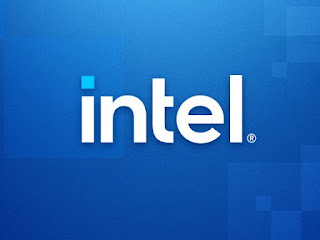In a potential game-changer for the semiconductor industry, Intel’s ambitious foundry reboot might be gaining two unlikely heavyweight partners: Apple and Nvidia. According to industry insiders, both tech giants are evaluating Intel’s upcoming 14A (1.4-nanometer) manufacturing node for future chip production—a move that could redefine competitive dynamics in the global chip race.
Intel, once the undisputed leader in chip manufacturing, has faced fierce competition from Taiwan’s TSMC and South Korea’s Samsung in recent years. Its newly launched Intel Foundry division represents CEO Pat Gelsinger’s billion-dollar bet to reclaim process leadership. The 14A node, set for mass production by 2027, promises revolutionary transistor density and energy efficiency using next-gen RibbonFET and PowerVia technologies. For Intel, landing marquee clients is critical to justifying its massive infrastructure investments.
Apple’s Calculated Diversification
Though Apple has relied exclusively on TSMC for its A-series and M-series chips since 2018, supply chain vulnerabilities exposed during the pandemic have pushed the Cupertino giant toward multi-sourcing strategies. Intel’s U.S.-based fabs offer geographic diversification—a key priority amid rising U.S.-China tensions.
As reported by 9to5Mac, Apple engineers are actively exploring Intel’s 14A capabilities for future silicon:
Apple may be Intel's last hope in the foundry business
While TSMC remains Apple’s primary partner, insiders note that even a secondary allocation to Intel for lower-volume chips (like peripheral controllers or baseband components) would mark a seismic shift.
Nvidia’s Performance Play
Simultaneously, Nvidia—whose AI GPUs dominate data centers—is pressure-testing 14A prototypes. With TSMC’s 2nm capacity oversubscribed through 2026, Jensen Huang’s team sees Intel as a viable contingency. "Nvidia needs bleeding-edge nodes more than anyone to maintain its AI acceleration lead," notes TechInsights analyst Dan Hutcheson. "If Intel delivers on 14A’s performance metrics, they’ll get a piece of that action."
The Stakes for Intel
Landing either client would validate Intel’s five-year "5 nodes in 4 years" roadmap. But skepticism remains: "Execution is everything," warns SemiAnalysis’ Dylan Patel. "One delayed node could spook investors and customers alike." Still, with U.S. CHIPS Act funding tied to domestic production commitments, the geopolitical winds favor Intel’s pitch.
As the 14A tape-outs begin this quarter, the tech world watches closely: if Apple and Nvidia place bets on Intel, the foundry wars just entered a new, unpredictable chapter.
